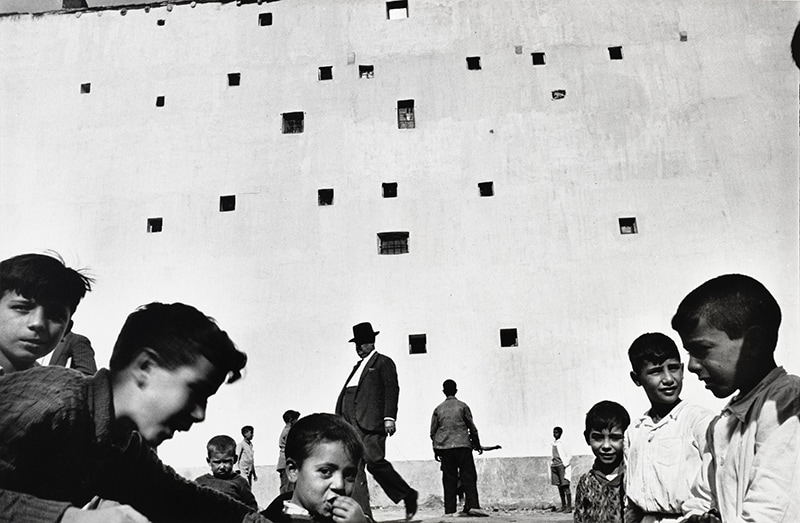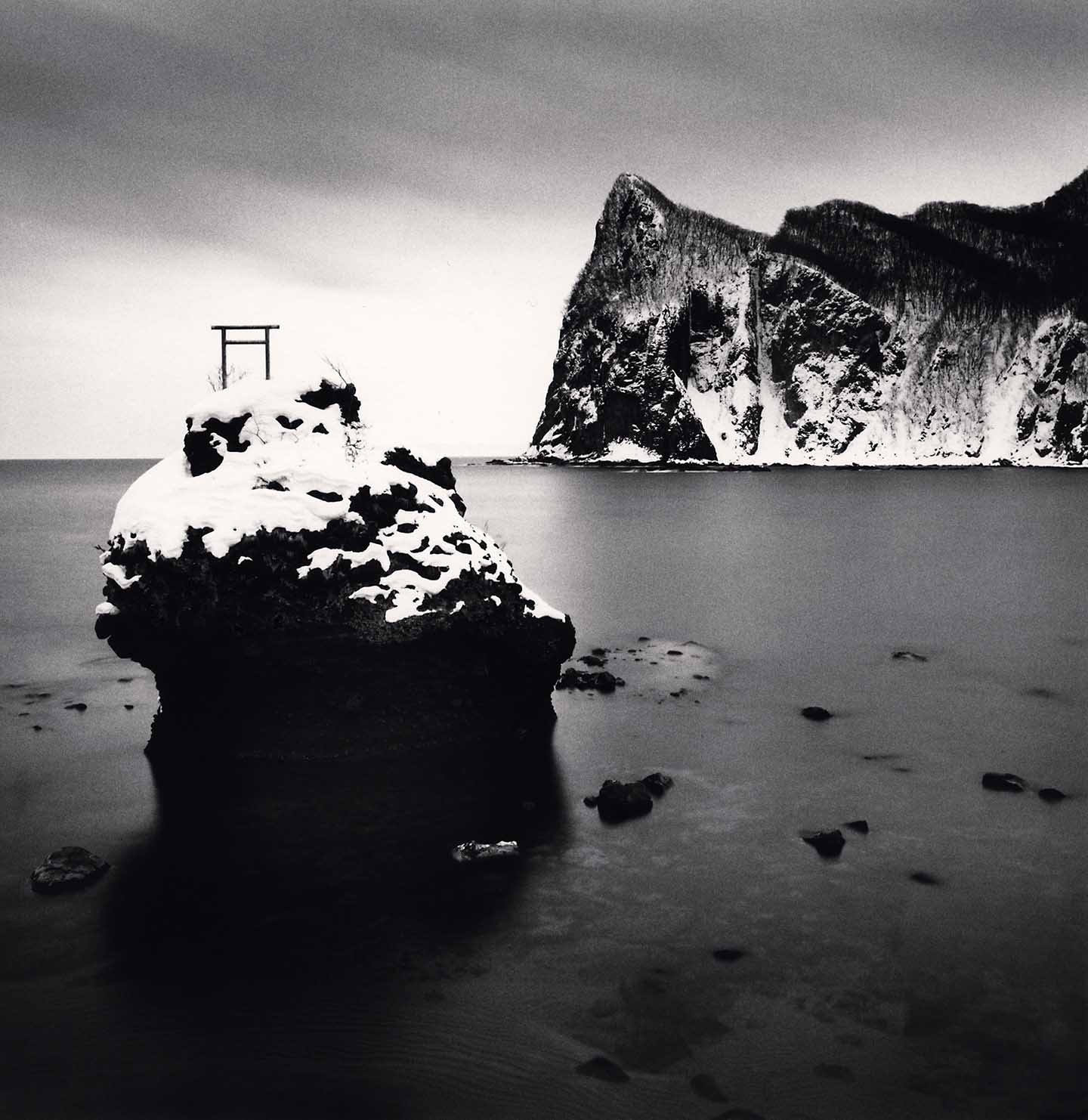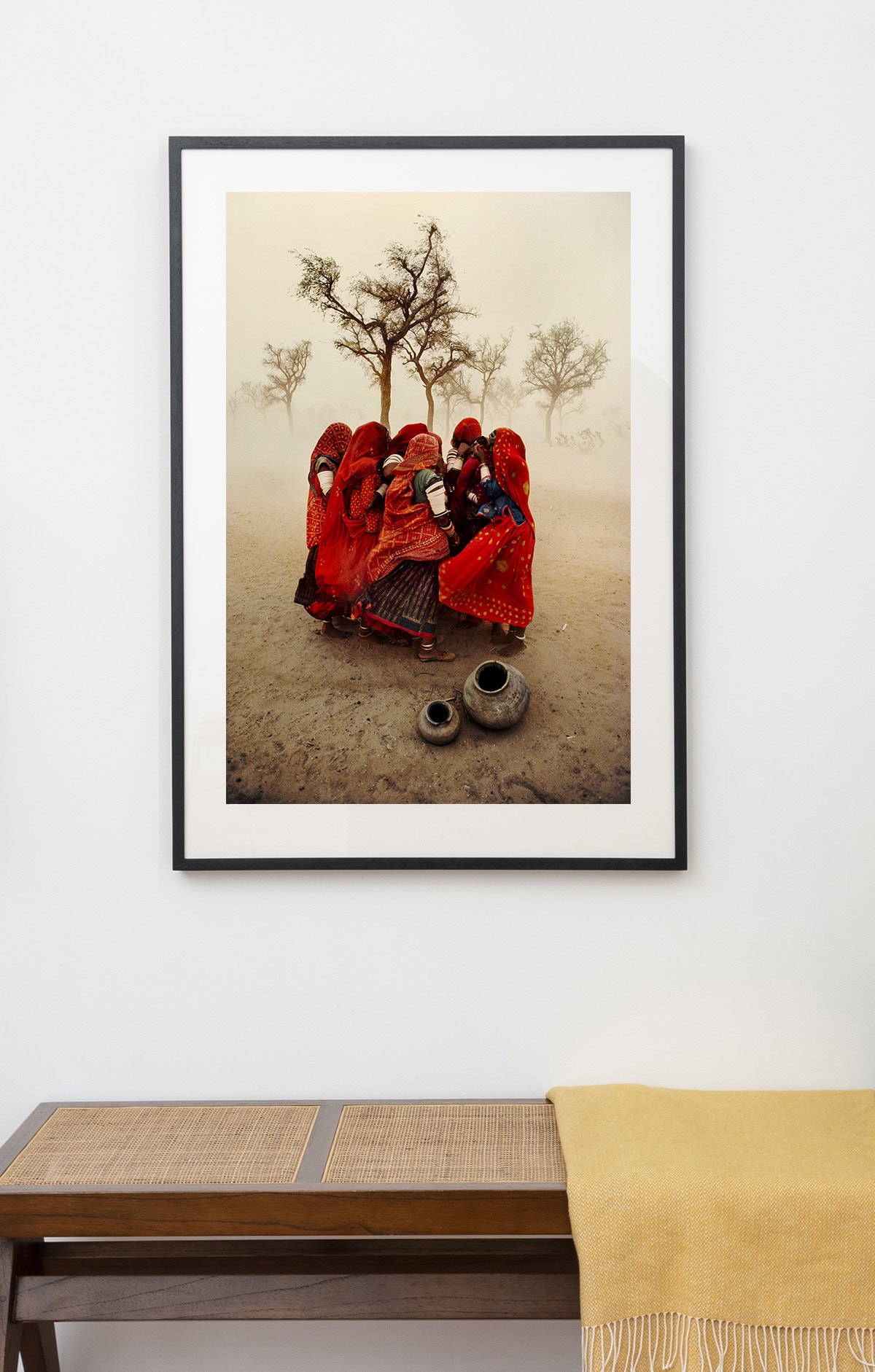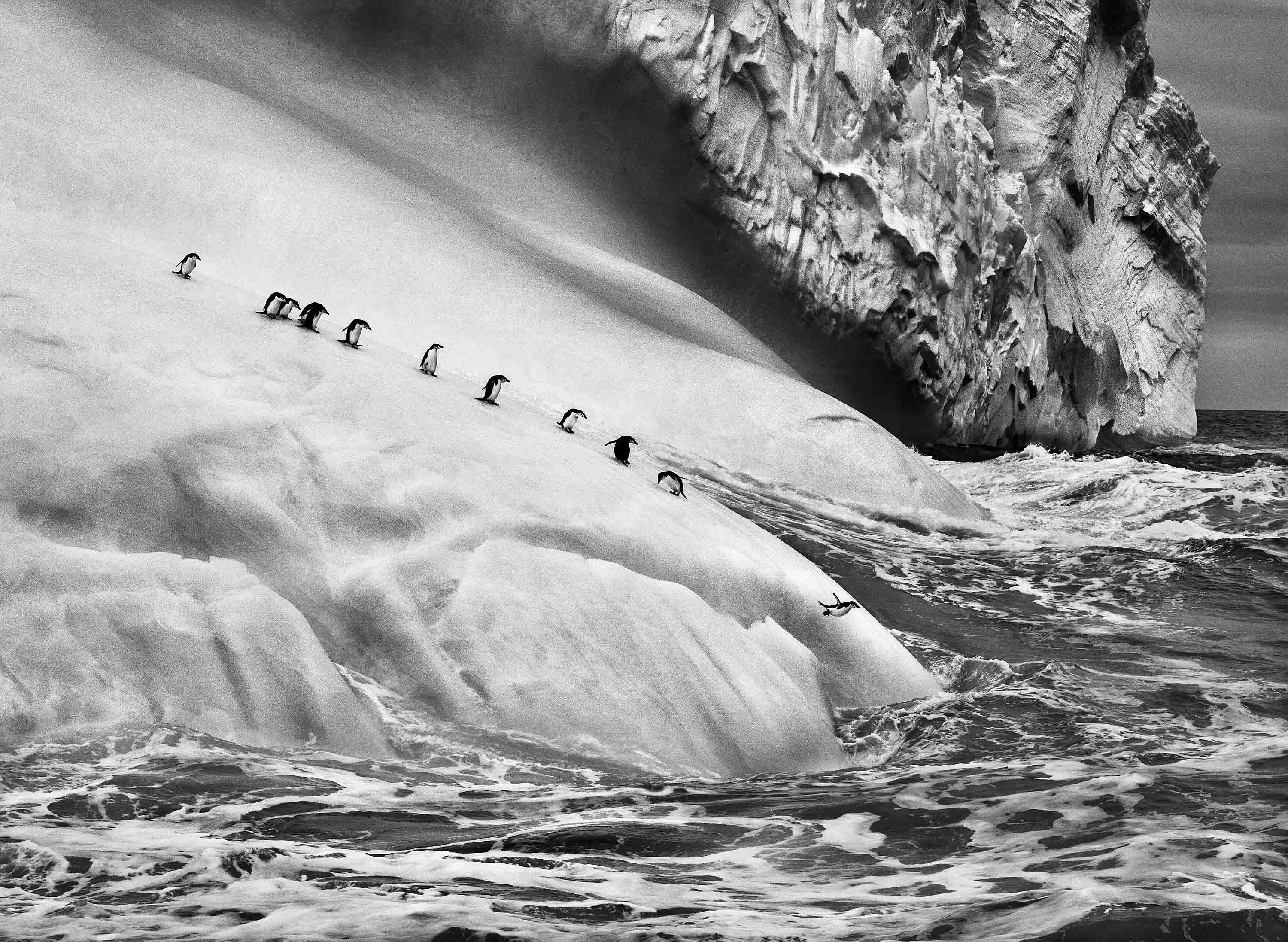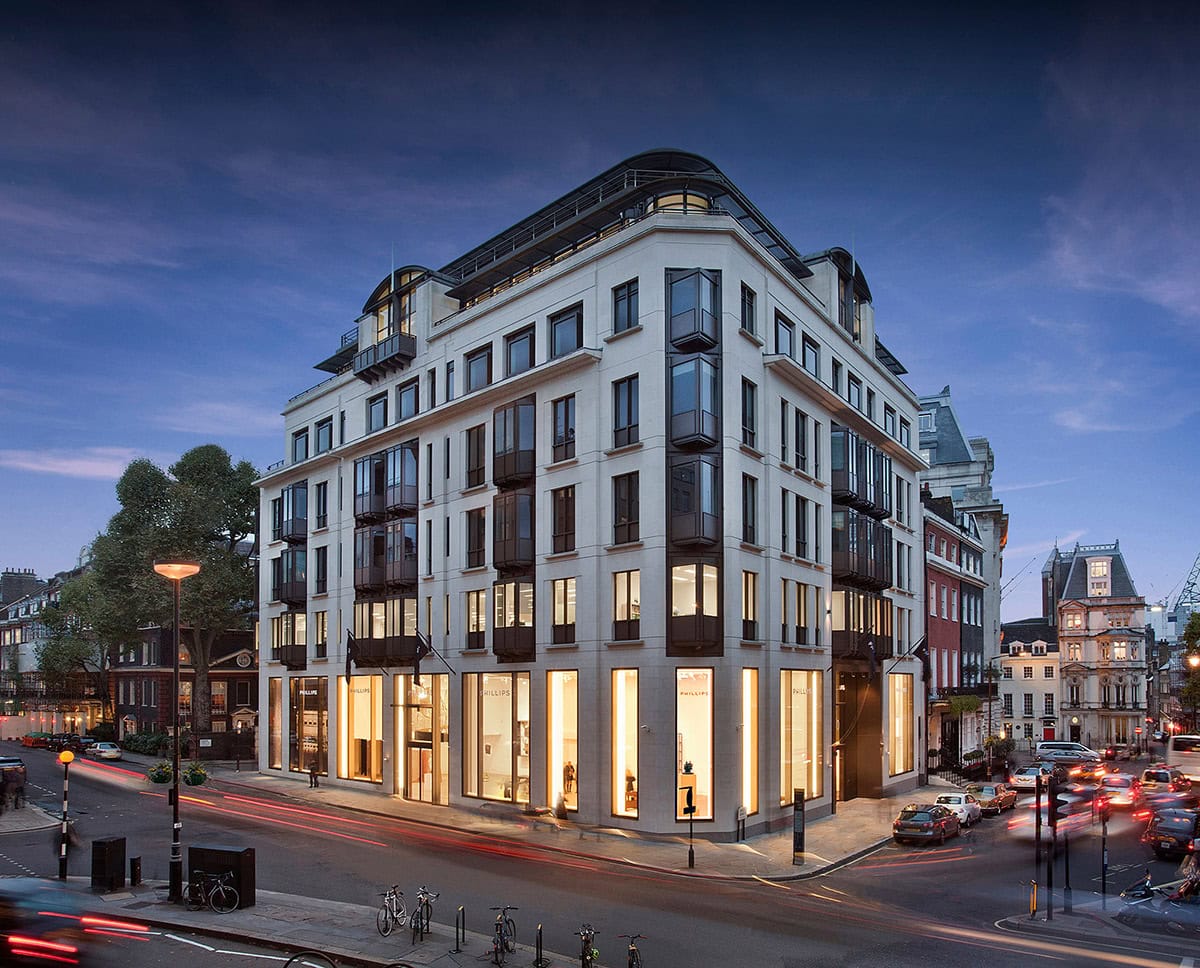In Salerno: Cartier-Bresson’s New Leica

Henri Cartier-Bresson is perhaps the most significant photographer of the twentieth-century. Striving for a perfect balance of content and formal composition in all his work, Cartier-Bresson brought a new aesthetic and practice to photography, initiated modern photojournalism, and influenced countless followers.
This photograph was taken in Salerno, Italy at the beginning of Cartier-Bresson’s travels across southern Europe, and is one of the first images he made after purchasing a Leica camera in Marseilles in 1932. Cartier-Bresson’s adoption of the handheld camera had an enormous impact on his photographic output and introduced a spontaneity to his work, enabling the capturing of each fleeting moment that he encountered. It also marked an early turning point in his career in the adoption of a style that would come to define twentieth-century photojournalism.
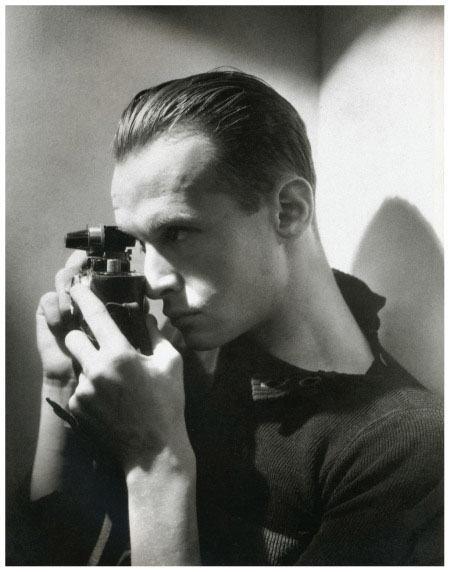

Cartier-Bresson’s mantra focussed on the dynamic and harmonious aligning of photographic composition as the foundation of a successful picture, which he came to define as ‘the decisive moment’. At the time the present photograph was taken, this idea was in its genesis, with Cartier-Bresson emphasising the formal qualities of his compositions. Influenced by the dominant aesthetic of Modernism at the time, this photograph sees Cartier-Bresson balance a simplified, geometric composition of light and shadow and horizontal and vertical lines, which are only disrupted by the lone figure and disused street wagon.
By the 1930s, technical advancement in the development of photographic film allowed for the editing of negatives, which was common practice amongst photographers. Nonetheless, Cartier-Bresson insisted that photography’s potency lay in the particular moment in which an image is taken. As such, Cartier-Bresson’s prints now come to us largely without retouching, darkroom manipulation, or cropping: evidence of the decisive precision of the artist’s camera work.
